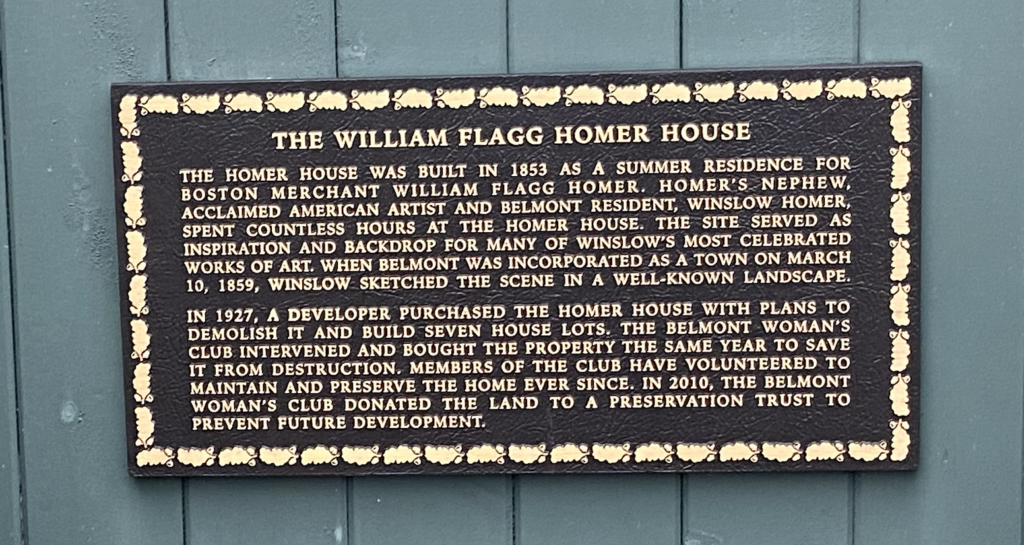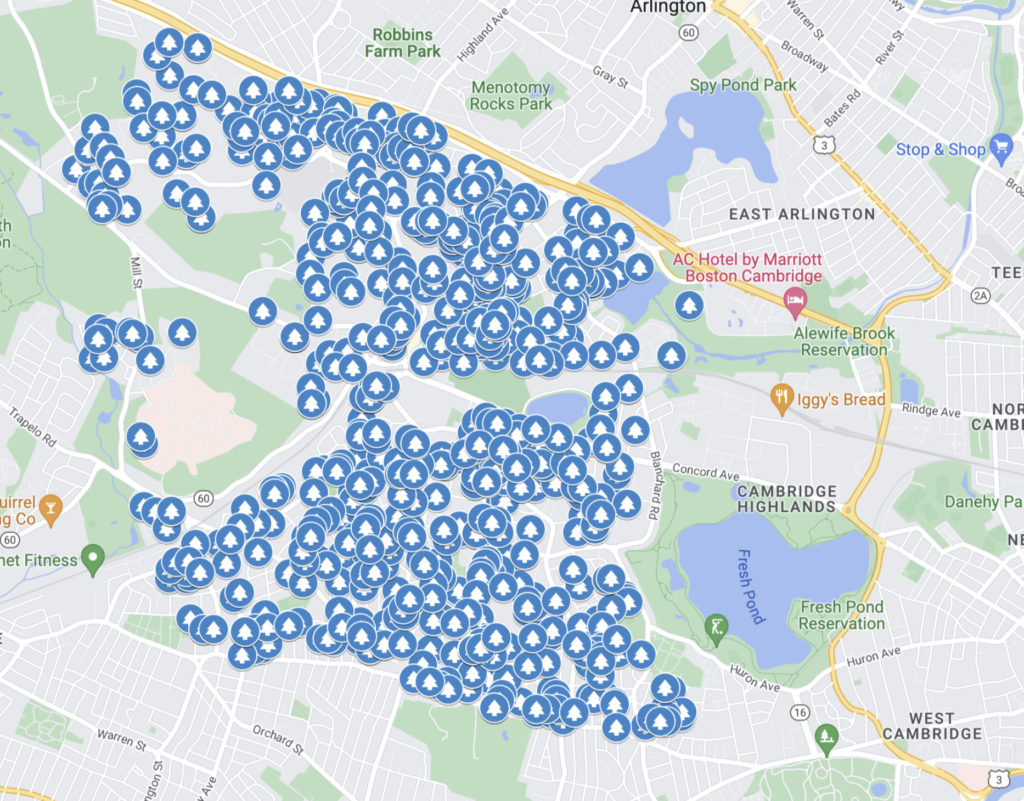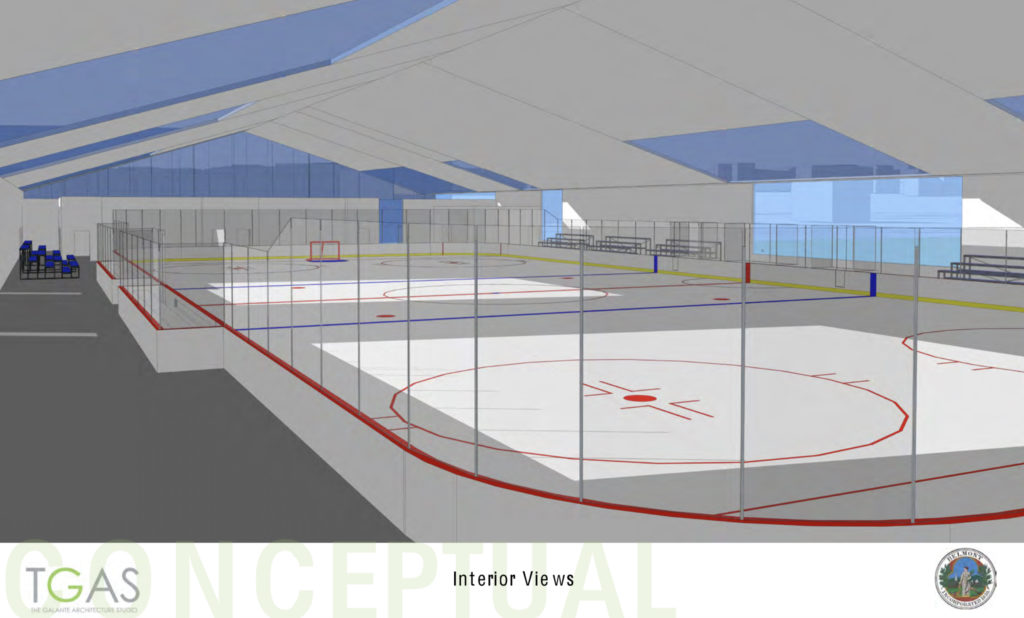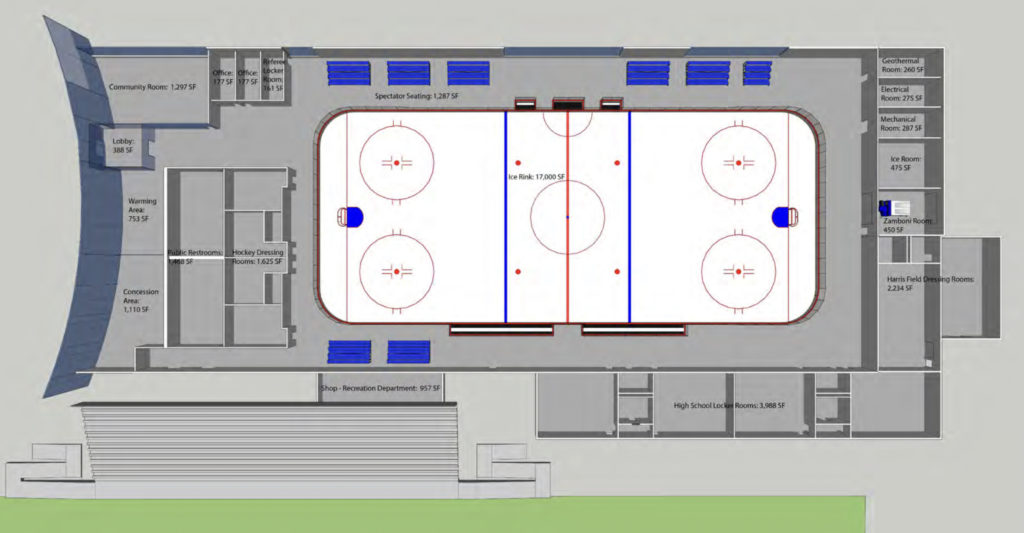Photo: Map of the zoning overlay district for Belmont Center
A Town Meeting vote on the proposed Belmont Center Zoning Overlay Plan will likely be pushed back into the new year, as the Belmont Planning Board indicated it will miss a self-imposed drop-dead date to approve or reject the plan that aims to ramp up residential and commercial activity in Belmont’s main business center.
“I feel we are not going to meet [the Planning Board’s] required deadline for the fall Town Meeting,” said Planning Board Chair Thayer Donham, who ran the Thursday, Sept. 18 morning meeting virtually from Yarmouth, Nova Scotia.
This delay marks the second time the proposal has been postponed, having been tentatively scheduled from the annual Town Meeting in May to the Special Town Meeting in October.
The proposed overlay acts as a second set of rules added to the underlying zoning along Leonard Street and Concord Avenue along and Concord Avenue from the commuter rail tunnel and the land west of Harris Field. The town’s Select Board is advancing the overlay with several goals in mind, including improving municipal finances, revitalizing the business center, and creating more and a greater variety of housing options.
Saying she was eager to wrap up the zoning process, Donham indicated the board was anxious to have an all-important parking study conducted before a final vote on the zoning overlay in the coming week.
Belmont’s Town Planner Chris Ryan told the Board he was still waiting for the draft parking report to be delivered by the Boston office of Desman, which missed the initial due date of Sept. 8. In fact, “there were several milestones missed this week,” said Ryan. A traffic analysis by the town’s consultant, The BSC Group, is not expected until the end of the month.
“I feel we are not going to be able to meet the required deadline,” said Donham. “We want to continue our thoughtful process of hearing from people, and parking is a concern we’ve been hearing about for months. We don’t think we can make a parking decision without the report.”
After a short roundtable discussion, Planning Board members each agreed with Donham that the board could not make a recommendation without the critical data on hand and without a legal reading of the results by Town Counsel.
“I don’t see how we can vote on the zoning overlay [on Sept. 25] without this data,” said Donham. “We’re trying to get all the information needed and vetted, and here we are, a week before we’re required to get to take a vote, and we don’t have a major piece of information.”
“We’re essentially running out of time, and given the delays in getting this information and the request we’ve gotten from everybody to look at this specifically,” said the Planning Board’s Alisa Garner-Todreas. “It feels like we need more time, possibly a February special Town Meeting, and that would be a better deadline for us to cross the t’s and dot the i’s.”
The Zoning Overlay proposal has had a rough row to hoe from the very first public meeting in March, when nearby residents and business owners opposed what they believed was an invitation for large development that would overtax the existing infrastructure. By a June public meeting, resistance to the plan had remained, and there was some talk, even by some board members, that data gathering, anticipated changes to the plan, and a needed public relations effort could not be completed to allow the plan to be presented to the Special Town Meeting. Yet at its latest meeting, the Select Board appeared confident the overlay measure would be before the Special Town Meeting and would receive a favorable vote.
It now appears the Select Board has little option but to remove the Zoning Override from the Special Town Meeting Warrant that is required to be voted on at its Sept. 29 meeting.
Parking in Belmont Center will be front and center the next day. on Tuesday, Sept. 30, when the Select Board, the Planning Board, and the Traffic Advisory Committee hold a joint meeting on parking and transportation in Belmont Center. “I think that is just the big public discussion that is necessary to finalize any zoning,” said Donham.










